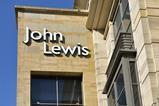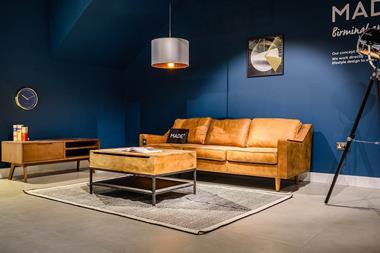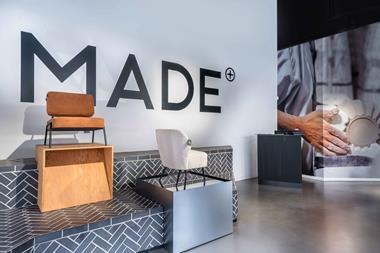The performance of the wave of retail initial public offerings (IPOs) in the past couple of years has been the worst advert imaginable for the industry.
Supposed disruptors and new models have come unstuck, failing to justify investor faith in their prospects.
This week In The Style became the latest of the recently floated retailers to demonstrate how tough a newer generation of companies is finding life.
The online fashion specialist floated on AIM just last year when it achieved a valuation of £105m. The retailer raised £49m in an oversubscribed share placing and a free float of just over 44%. The future looked bright, as they tend to at the time of flotation, and founder and then chief executive Adam Frisby looked forward to “exciting opportunities for future growth” driven by a “differentiated brand” and “innovative influencer collaboration model”.
Fast-forward to now and things don’t look so rosy. In The Style plunged into the red at the half-year stage, and its loss was 251% higher than three years ago.
“Having barely started its life as a public company, In The Style is now pondering whether it should be a listed business at all”
Having barely started its life as a public company, the retailer — to which Frisby has now returned as chief executive, after a hiatus of a year, and a strategic review has been initiated — is now pondering whether it should be a listed business at all.
The company said that “there has been limited liquidity for In The Style’s shareholders for some time” and that “the current market capitalisation of the company does not properly reflect the underlying growth potential of the group, which may be better realised under an alternative ownership structure”.
In The Style has drafted in adviser Lincoln International and the news was accompanied by an obscure comment on its future: “The outcome of the strategic review may or may not result in a sale of the company or some or all of the group’s business and assets. The company is not in talks with any potential offeror and is not in receipt of any approach with regard to a possible offer.”
However, the business is now in an “offer period”.
Make of all that what you will.
“Is not limited liquidity indicative, at least in part, of having failed to come good on its IPO promise?”
The obvious question is why, if In The Style is so unsuited to life as a public company, did it ever list in the first place? Why did management and advisers press ahead? And is not limited liquidity indicative, at least in part, of having failed to come good on its IPO promise?
Many businesses have thrived on AIM. Asos, which while admittedly experiencing troubles of its own at present, is an obvious example. It built up a market cap that dwarfed that of many of its main market competitors, before finally moving its listing to the senior section.
An In The Style IPO flop would follow fast in the tracks of Made.com, another pureplay that listed during the pandemic period but went bust last month. And THG, valued at more than £5bn when it floated in late 2020, has disappointed investors ever since. At the time of writing, its market cap is £753m. There has also been vague talk that it may be taken private. ProCook, which floated a year ago and is another direct-to-customer player, issued a profit warning today.
Post-pandemic “irrational exuberance”
The popularity of many of the new wave of IPO companies reflected post-pandemic “irrational exuberance”, to borrow US economist Alan Greenspan’s phrase.
It seemed at the time as if retail, along with the world it serves, had changed forever. The shift online prompted by the pandemic looked permanent but, even though it has grown, the rate has slowed again and stores have rebounded. Now some of the new generation of companies looked like beached whales.
Despite the damage done by the poor performance of some of these retailers, that can’t be allowed to cloud the outlook for the industry generally.
Retailers may be once again at the mercy of headwinds, as the cost of living crisis continues and shopper spend is under pressure, but these conditions won’t last forever. As the environment changes, so will retailers’ fortunes.
Established companies have proved they can be just as innovative as some of the newcomers; and they have also shown that in many cases they are better run, better financed and, most importantly of all, better able to adapt, whatever life throws at them.































No comments yet